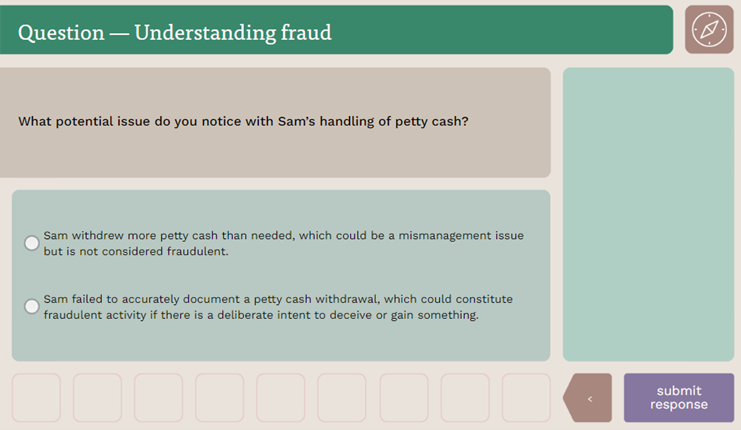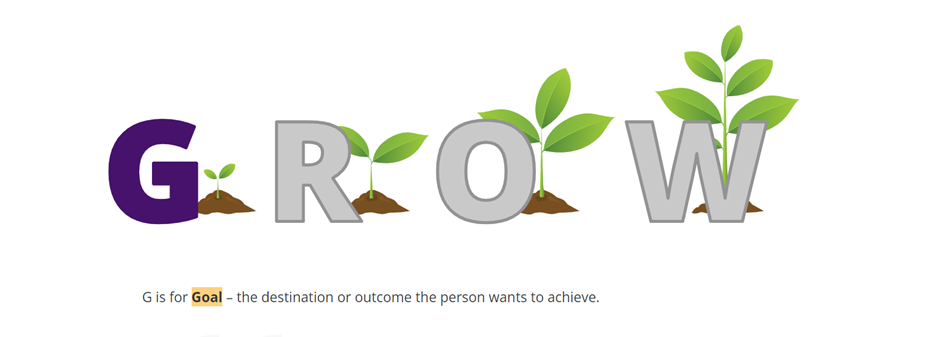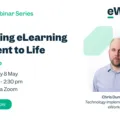In 1885, German psychologist Hermann Ebbinghaus developed the curve of forgetting (also known as ‘the forgetting curve’) to illustrate how quickly we lose new information over time.
His research showed that we forget about 70% of what we’ve learned within just one day. After this steep drop, the rate of forgetting slows down, with the remaining 30% gradually fading.
What is the critical takeaway from Ebbinghaus’s work for learning designers? Use it or lose it, which is also supported by modern neuroscience.
Learning strategies to overcome the curve of forgetting
Think of your memory like a string of beads, where each bead represents information. The curve of forgetting shows that if you keep adding beads without tying a knot at the end, they’ll eventually slip off and fall away.
But how do you tie a knot to interrupt the normal process of forgetting and avoid losing what you’ve learnt?
One of the first answers to this question is, ‘Just review the learning material!’
However, as learning designers, we can’t show up at the learner’s door with flashcards, insisting they review our eLearning course three times to combat the forgetting curve.
And let’s be real—revisiting training takes time, which means pulling learners away from work, which is inefficient.
Learning designers utilise three key learning strategies, among many others, to effectively overcome the natural process of forgetting.
1. Retrieval practice
Retrieval practice, also known as the testing effect, means testing the learner to prompt them to recall knowledge from their memory.
Based on empirical research, the retrieval process strengthens the neural pathways that help retain information long-term. Quizzes, flashcards, written or oral reflections based on the learning materials, practising in role-plays or even summarising or teaching others what they’ve learned can turn retrieval into an evidence-based powerful strategy for beating the forgetting curve.
Let’s explore an example from the type of module that the likes of eWorks would build.
This retrieval practice question follows a scenario designed to refresh the learner’s understanding of what constitutes fraud and what doesn’t. The aim is to reinforce key concepts by actively challenging learners to recall the differences, solidifying their knowledge on this topic.

2. Spacing
Revisit information repeatedly during spaced-out sessions to maximise the effectiveness of retrieval practice.
This approach makes knowledge and skills so ingrained that responses become reflexive.
For example, consider the process of typing: the more you retrieve knowledge you have about the layout of your keyboard, the faster you’ll type, eventually reaching the point where you can type without even glancing at the keyboard.
When an eLearning specialist crafts bespoke eLearning ecosystems, they weave essential knowledge and skills throughout various modules as part of the ecosystem. This way, learners have ample opportunities to practice in these spaced sessions, reinforcing their learning effectively.
3. Associations
Learning doesn’t happen in isolation. Instead, we remember things through association.
The more associations (and of better quality and memorable significance), the easier it will be for your learners to retrieve the information.
This is where mnemonics come into play, including acronyms, rhymes, visual imagery, phrases or even catchy tunes that enhance memory. By structuring these associations, mnemonics turn abstract ideas into vivid, memorable images, words or sounds.
For example, the mnemonic DRABCD is commonly used in CPR training to help learners remember the key steps in assessing a situation and providing life support. In addition, here’s a visual mnemonic from eWorks, used to ‘plant’ the GROW coaching model in learners’ memory.

Don’t forget the curve of forgetting
If we didn’t have the curve of forgetting, a single reading would be all it takes to remember new information.
But since that curve exists, it adds a fun twist to a learning designer’s role.
We can use strategies like retrieval practice, spaced repetition and forming associations to combat forgetting.
What methods do you favour for tackling the curve of forgetting?
At eWorks, our LMS and content developers utilise this method daily. For any enquiries about our services, contact us here.


